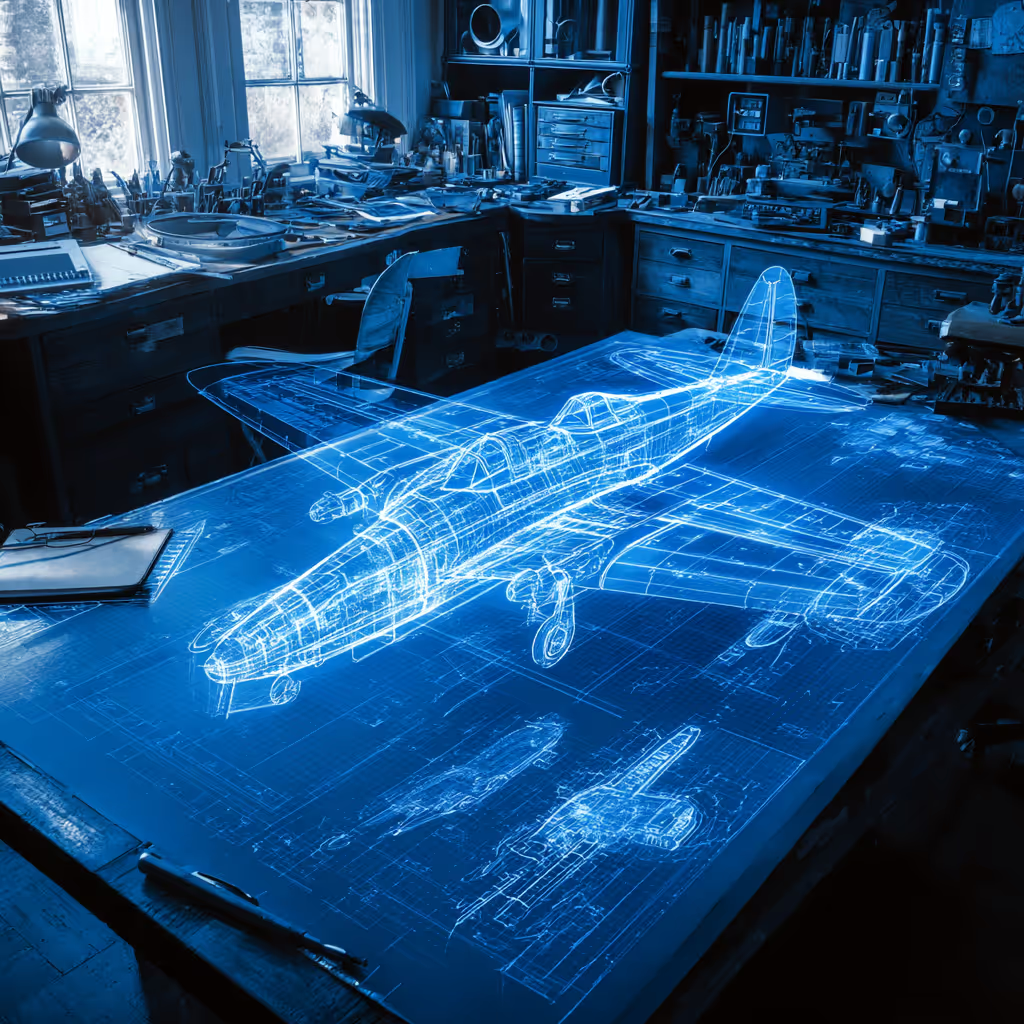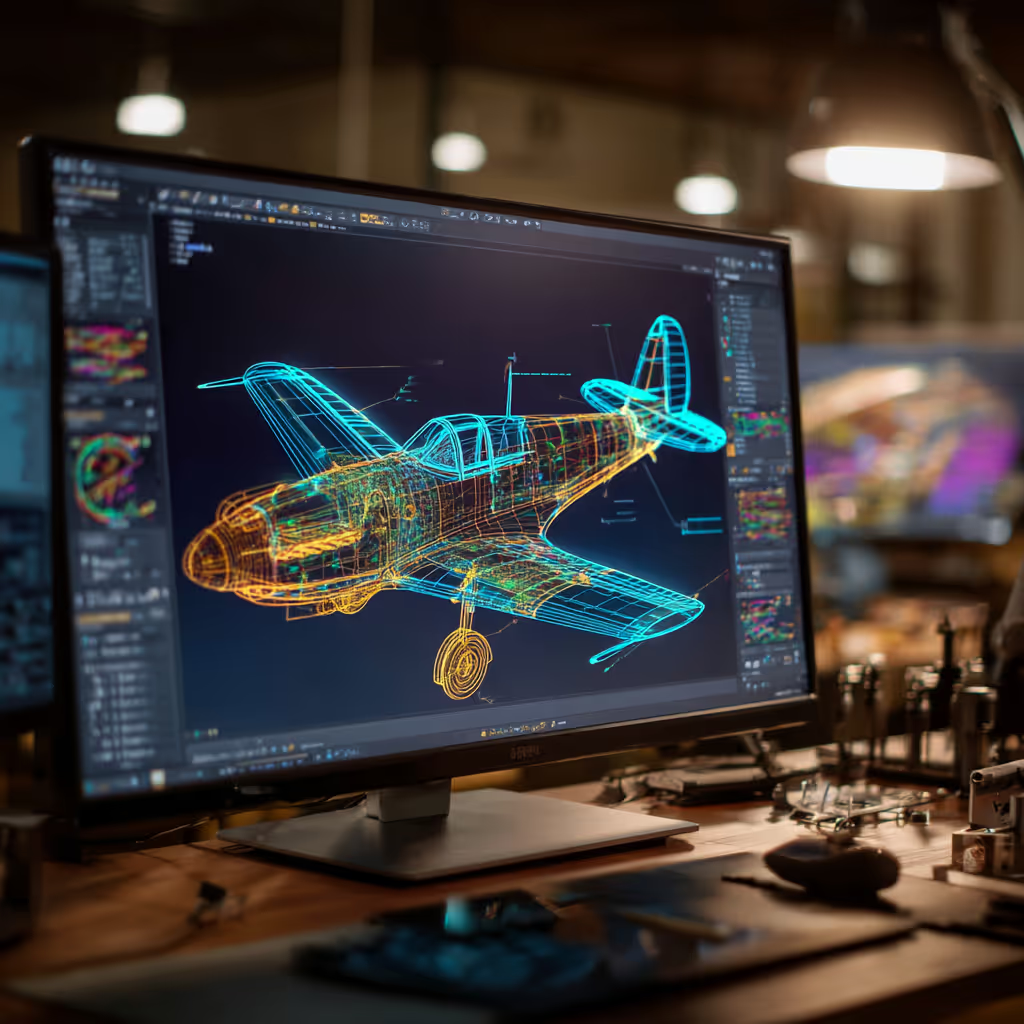Your Guide to Using SolidWorks For Engine Models


3D Rendered Disassembled Car on Blueprint
Designing an engine or its internal components using SolidWorks requires mastering the tools and techniques employed in a typical SolidWorks automotive design project. This means that you need to learn about SolidWorks tools including equations and configurations to enhance the use of SolidWorks for engine models.
The Best Way to Use SolidWorks for Engine Models Explained
If you want to use SolidWorks to create models of a motor vehicle’s engine or its internal components, then you need to have a certain level of expertise in the tools and techniques employed in a typical SolidWorks automotive design project. This means learning about the various SolidWorks tools including equations and configurations to enhance their power and the use of SolidWorks for engine models.
What are the tools and techniques required for effectively modeling engines in SolidWorks? Let’s take the main parts of a two-stroke engine as an example. Compared to manufacturing a real engine, modeling an engine is a very simplified process. However, the different tools involved make it a bit difficult to understand for novices or people not exposed to a SolidWorks automotive design project.

3D Rendering of Engine Pistons in Motion
Solidworks Allows to Add Constraints Between Parts
An interesting thing about SolidWorks is that it allows one to add constraints between parts. This way one can see parts moving with respect to each other like in a real engine. Generally, the parts of components of a two-stroke engine modeled in SolidWorks include a piston, a connecting rod, a crankshaft, and a crankcase. We’ll start with the piston.
Since the piston is cylindrical in shape, a revolution is mainly used to model it. The modeling of the piston starts with a sketch that will be the profile of this revolution. In the end, the entire sketch needs to be black which means that it is fully constrained. The connecting rod of the engine is symmetric in shape. This means that only one side of the rod needs to be modeled.
The Axis & Joint Are Simple Cylindrical Parts of Engines
The axis and the joint are two very simple cylindrical parts of an engine. They are modeled in SolidWorks by opening a new part and starting a sketch on the front plane. Finally, the crankcase of an engine will be divided into three different parts when it is being modeled. The modeling of this engine part is more detailed than other parts or components.
So, now you have a basic understanding of how to use SolidWorks for engine models. However, you can leave the rest to professionals such as CAD / CAM Services. We are a high-end CAD conversion and 3D scanning company experienced in CAD Modeling, 3D Scanning, SolidWorks, UG NX, and CATIA modeling.
Our Team Can Help You Get Started
For more information and to get feedback on your project, please contact us for your Solidworks outsourcing needs. Our friendly experts will be more than happy to help you and provide you with a project quote.
Recent Posts


Tips for Picking the Perfect 3D CAD Viewer for Your Needs
This guide will teach you about 3D CAD viewers and outline considerations to make before picking the right one. We review 5 options and pick a clear winner.

In this guide, you’ll learn how CAD/CAM Services can save you time and money during each digitization project. Digitization can make manufacturing faster than ever before.

How to Build an Aircraft Model by Converting 3D-Scanned STL Files into Functional 3D STEP Files
This in-depth guide will teach engineers how to use 3D-scanned aircraft files and transform them into manufacturable 3D STEP files with fewer mistakes.
